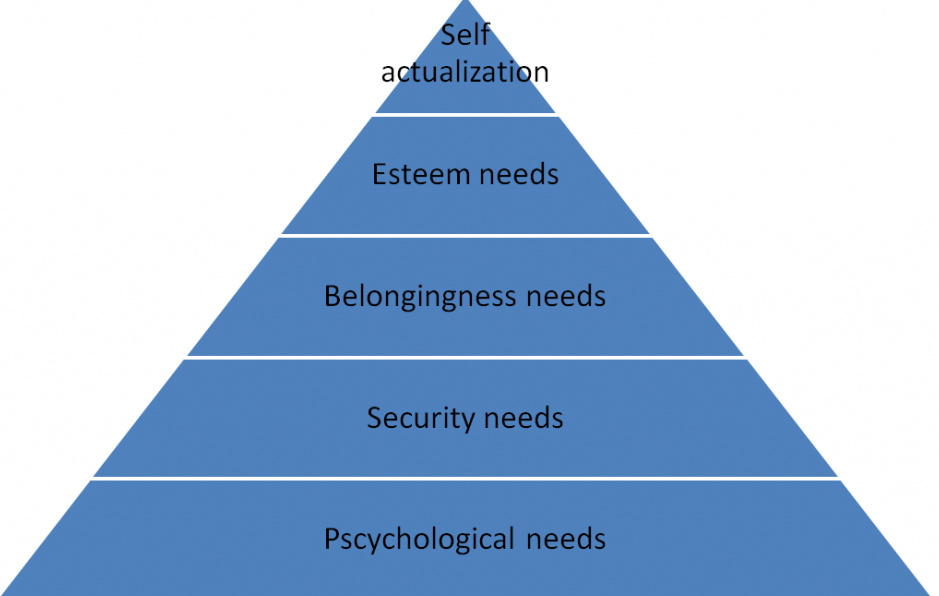Published by: Zaya
Published date: 22 Jun 2021

Motivation means inspiring the personnel with zeal to do work for the accomplishment of the objective of the organization. Motivation represents those psychological processes that cause the arousal, direction, and persistence of voluntary actions that are goal-directed.
Concept:
The term motivation in OB is derived from the Latin word "movere" 'which means to move' and is derived from the word 'motive'. In general, it is the will to work. It is a difficult factor to manage by the managers.
Nature of characteristics of motivation:
Importance of Motivation in OB:
The level of performance of an employee is a function of his attitudes, motivation, and opportunity to do.
P=f(A+M+OD)
Process of motivation:

Theories of motivation in OB:
A. Content theories of motivation:
Maslow's Need hierarchy theory:

Herzberg's two-factor theory:
called dual-factor theory of motivation. He extended the work of Maslow and developed a scientific content theory of work motivation.
| Extrinsic(hygiene/maintenance | Intrinsic(motivators/satisfier) |
| Company policy and administration | Achievement |
| Relationship with supervisor | Recognition |
| Work conditions | Work itself |
| Salary, responsibility with others | Responsibility |
| Personal life | Advancement |
Alderfer's ERG theory:
Clayton Alderfer extends Maslow's theory and Herzberg's theory. He formulated a need category model that was more in line with the existing empirical evidence. Similarly, he feels that there is value in categorizing needs and there is a basic distinction between lower and higher-order needs.
2. Process theories of motivation in OB:
Expectancy theory:
Equity theory:
Comparison of self with others based on inequity and equity:
| Equity | Inequity |
|
Motivation to maintain the current situation
|
Motivation to reduce inequity:
|